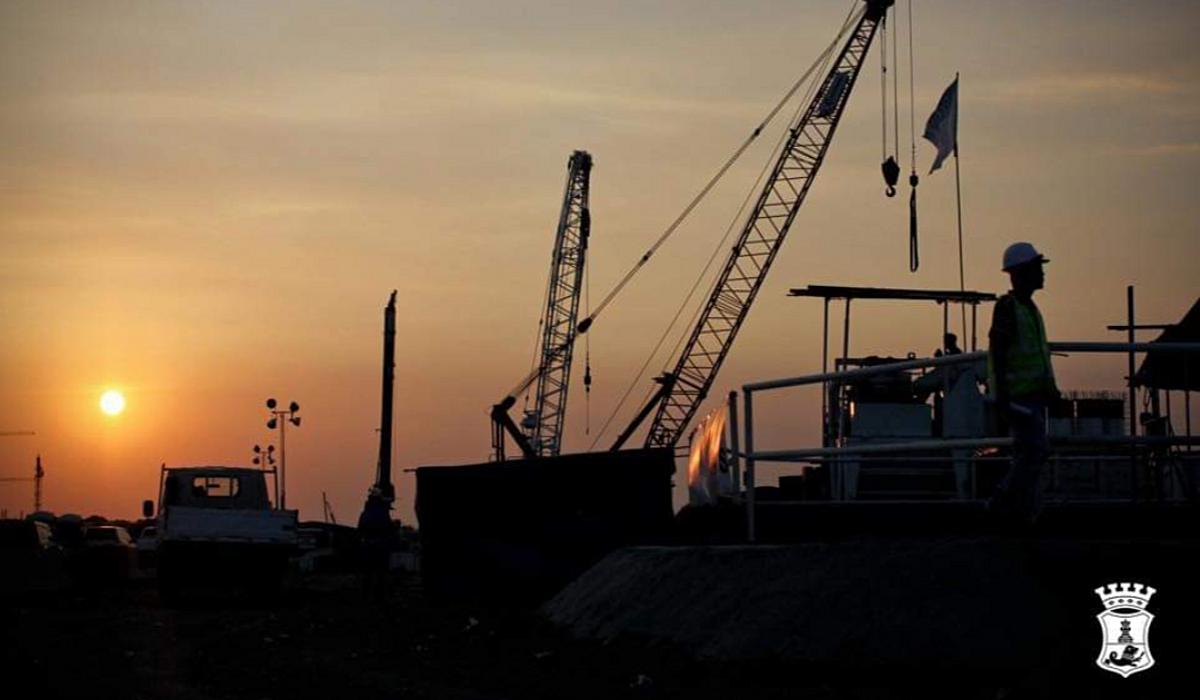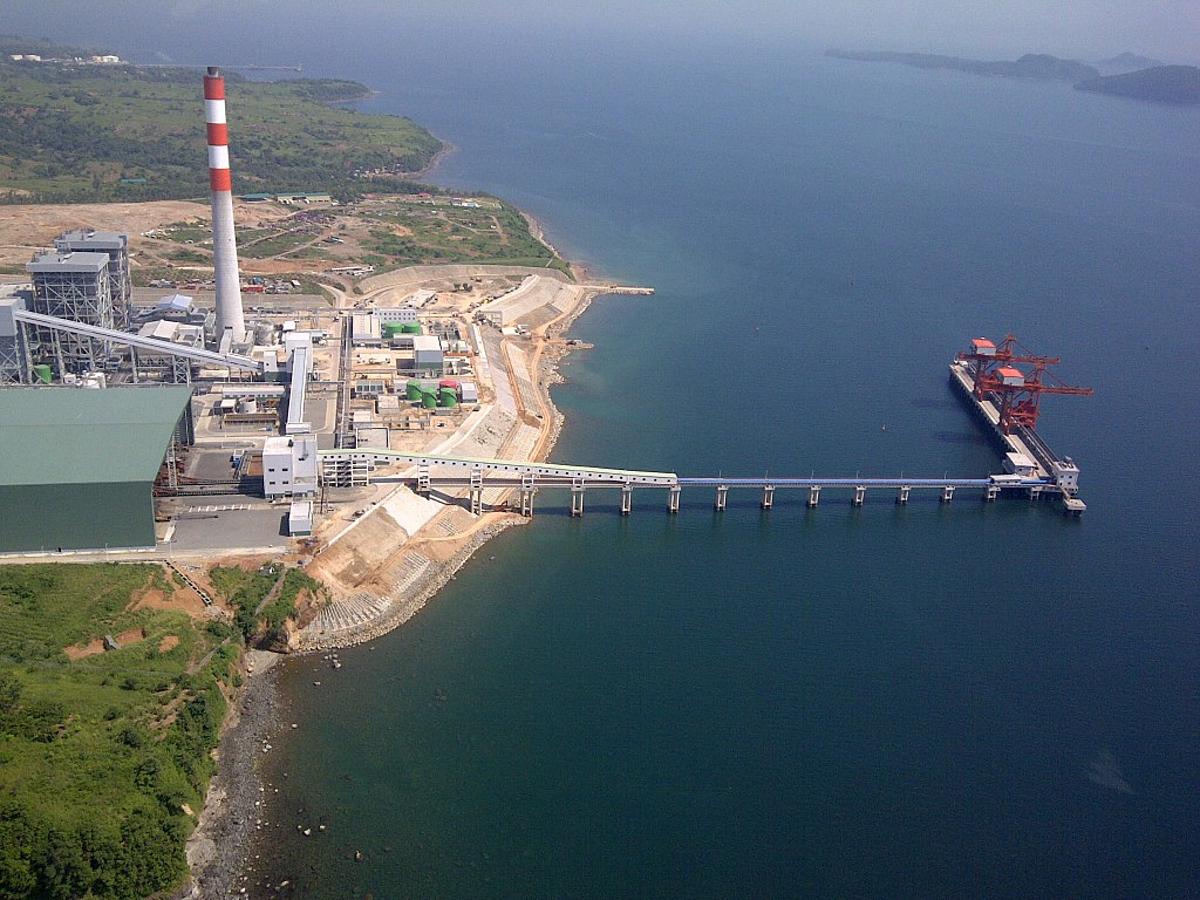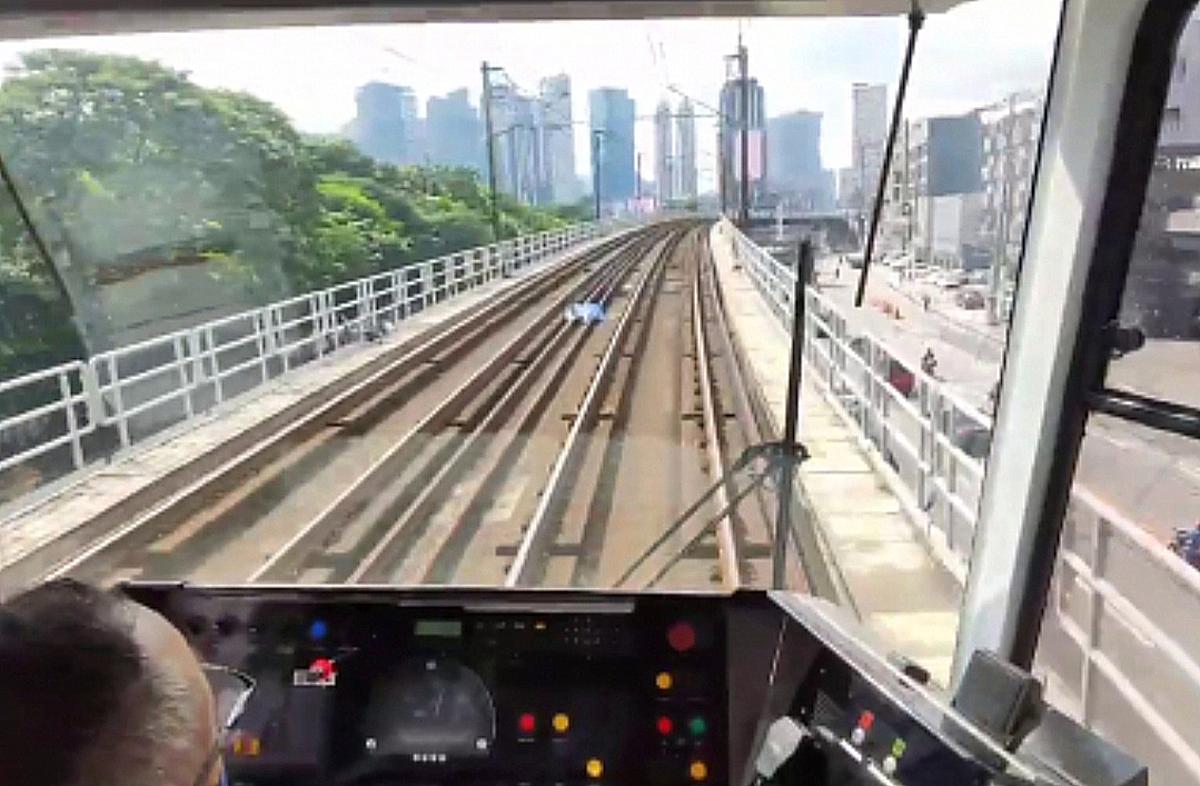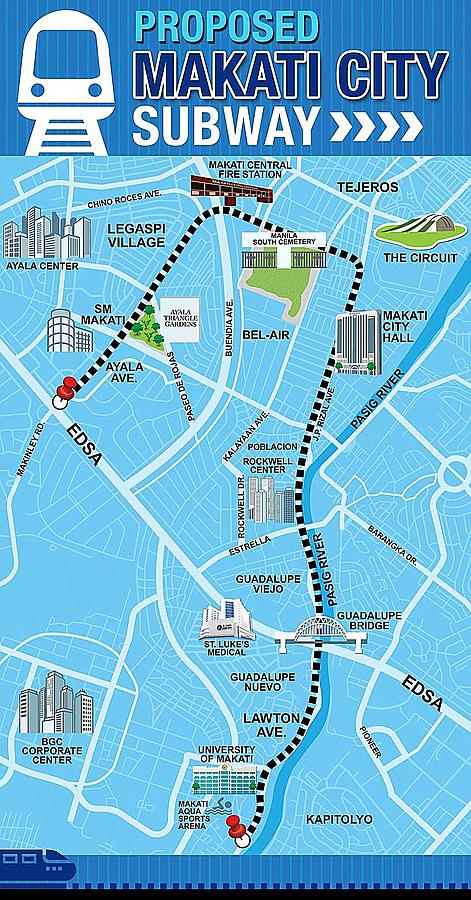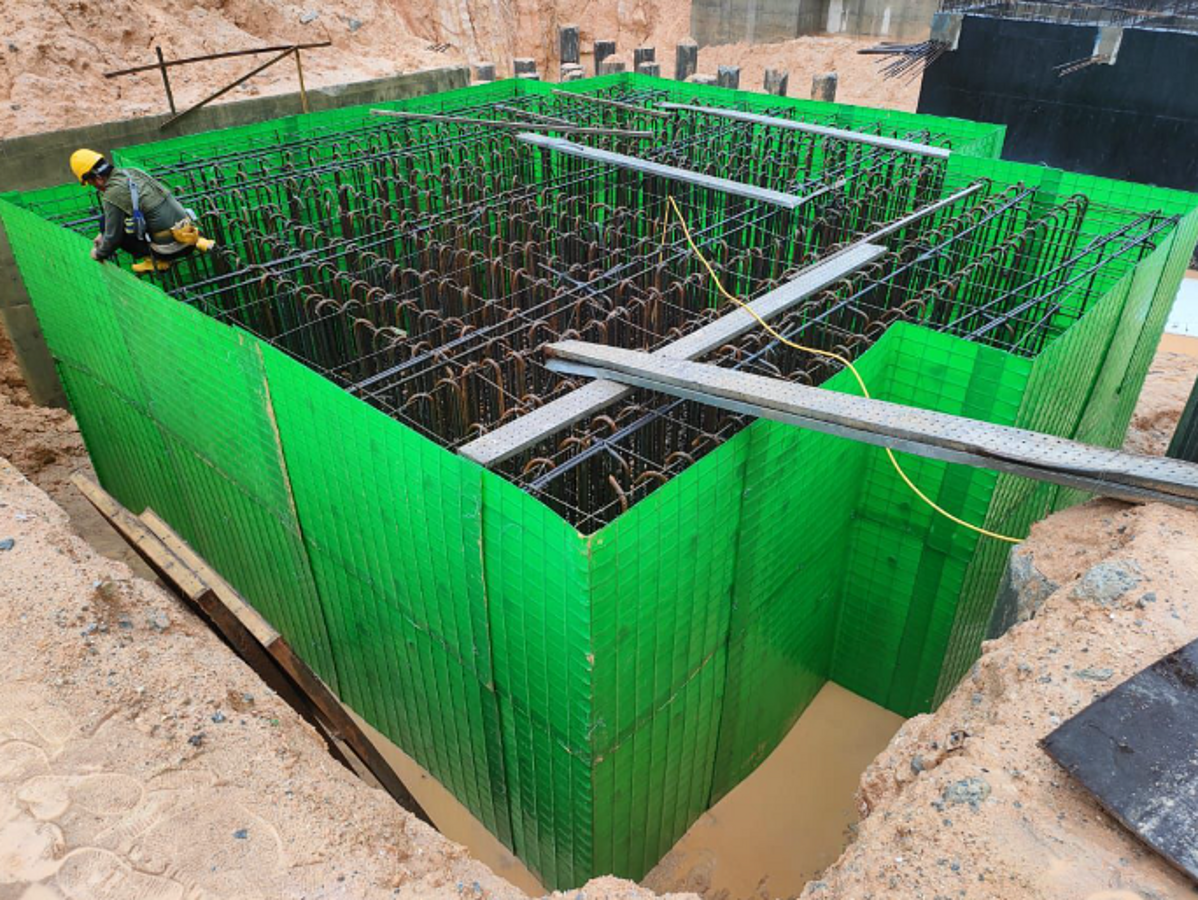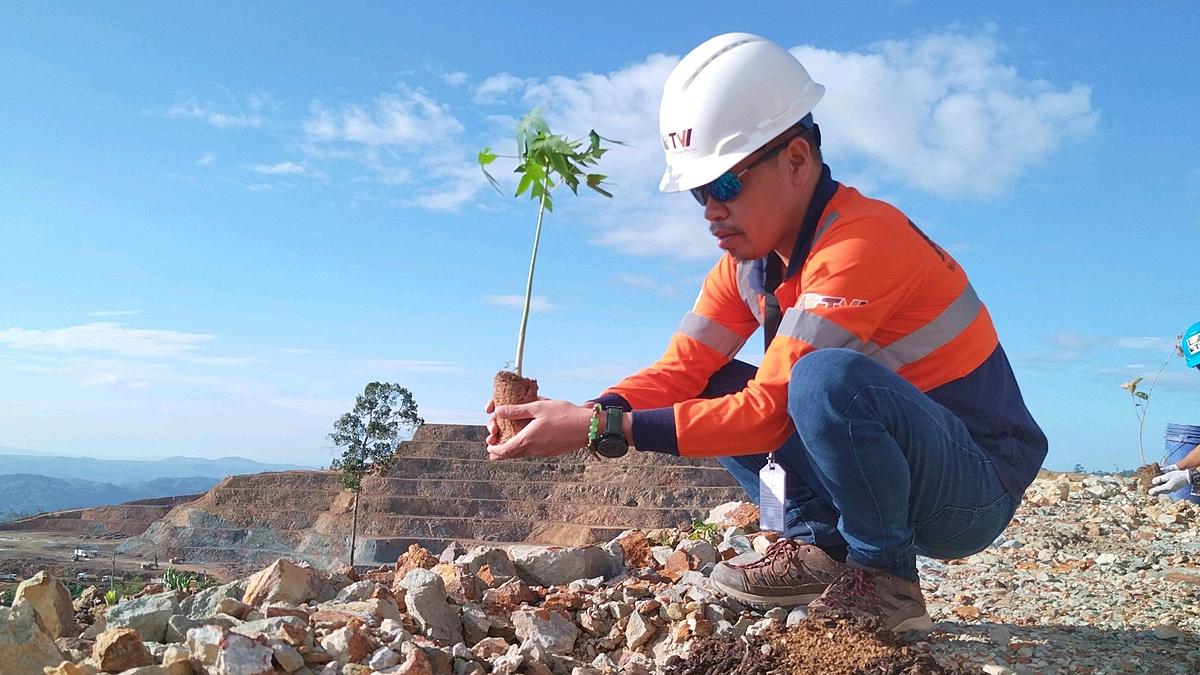“We believe that our SLEX TR5 and Pasig River Expressway projects will be the next game-changers. These will fuel economic growth that’s sustainable -- new jobs will be created, tangible assets delivered and more private sector-led investments stimulated. Sama-sama. Babangong tayo.” (Ramon S. Ang, San Miguel Corporation)
Mr Ramon Ang, President and COO of San Miguel Corporation (SMC) announced last August 25 the various infrastructure projects in Luzon for the next five years. The projects are worth PHP121.8 billion.
Thousands of workers, local contractors, suppliers, haulers, national and local governments will benefit from these SMC investments for these projects.
Mr Ang said, "San Miguel is fully committed to helping our country overcome this crisis. A big part of that is to continue, and not hold back, on new investments."
He noted that SLEX TR5 will take four years to complete while PAREX will take three years. "By that time, the pandemic would have been far behind us."
Additionally, he noted other major infrastructure projects like the Bulacan Airport, which is a PHP734-billion project will also be complete by then.
"Within five years, the Philippines will be transformed and be better than ever."
The Toll Regulatory Board of the Department of Transportation (DOTr) recently announced that the SMC's proposed SLEX TR5 and PAREX are certified toll road projects.
The SLEX TR5 or South Luzon Expressway Toll Road 5 is a PHP26.38 billion project which spans a distance of 420 kilometers. It has four lanes starting from SLEX TR4 in Barangay Mayao in Lucena City, Quezon province all the way to the Matnog Ferry Terminal in Sorsogon. This is a Build-Operate-Transfer project with a concession period of 30 years. [1] The project can be completed in 46 months.
The purpose of building the SLEX TR5 is to reduce travel time from 9 hours to 5.5 hours when travelling from Lucena to Matnog Ferry Terminal. This road project also connects major urban centers in Quezon Province and Bicol.
Moreover, it will provide safer and smoother access to agricultural areas, food production areas, roro ports, fish ports and some tourist destinations.
As for the Pasig River Expressway, a PHP95.4 billion project, this will start from Radial Road 10 (R10) in Manila and will end at the connection of the South East Metro Manila Expressway (SEMME) at C-6. This road project has six lanes and is an elevated expressway traversing the entirety of the Pasig River. The road has a distance of 19.40 kilometers.
The Pasig River Expressway will be completed in 36 months and will operate under the 30-year Build Operate Transfer (BOT) scheme.
As an advantage, travel time from R-10 to C-6 will be reduced to 15 minutes. This expressway also directly connects the western and eastern cities of Metro Manila. Hopefully, this will reduce congestion in the R-10, ESDA and C-5 by having connectivity among toll roads and freeways. This will also divert traffic to other alternative routes. Quick access to Makati, Ortigas and BGC will become possible now, given that they are the largest business districts of the Philippines which are prone to daily traffic congestion.
These projects will begin as soon as SMC acquires the required permits and clearances.
"Hopefully, we will be able to finalize with the government and they will find our proposals favorable to the country," said Mr Ang.
"In the short to medium term, our people need jobs," he added. "Among the most affected by the economic impact of COVID-19 are laborers who rely on daily wages and many in the construction industry."
"We also have a lot of engineers or technical and labor workers from abroad who have either lost their jobs or decided to come home to their families. We can use their skills."
-----
Meanwhile, as we look forward to the completion of their future projects, how does SMC address the current difficulties of the poor during this pandemic?
Last August, Mr Ang announced that they will provide free bread for poor communities through the various branches of their gas stations in Metro Manila. “Every community is home to children and families facing hunger. Through our various Petron stations, we hope to continue to get food to people who need it and help them make it through these challenging times.” [2]
This food distribution will take place in 30 Petron stations near the depressed areas in Metro Manila. They shall distribute “nutribun” (a bread fortified with vitamins and minerals) and other regular breads. This program is in partnership with local government units in the cities of Payatas, Caloocan, Malolos, Tondo, and more. They plan to eventually distribute other food variants like rice porridge and other meals.
Mr Ang mentioned that they will continue to provide food aid for the urban poor whose situation has been more difficult due to the lockdown restrictions.
He said, “Many families are struggling to cope. What more the most disadvantaged among us — those who rely on daily paid work, or those who have no means of income at all?” He mentioned that even big companies have been hit hard by the economic impact of the COVID-19 pandemic.
-----
Reference
[1] Abadilla, Emmie V. (26 August 2020). Manila Bulletin. "SMC lining up P122-B infra projects"
Retrieved from - https://mb.com.ph/2020/08/26/smc-lining-up-p122-b-infra-projects/?fbclid=IwAR3DvMcY5KVEw_xvA0XEyNnlzPJb1FDIapblSR0vadtkocY4TGEJ9jwe_Sk
[2] {Aug 17, 2020). CNN Philippines. “Bread kiosks to be set up at gas stations in Metro Manila to feed urban poor”.
Retrieved from - https://www.cnn.ph/business/2020/8/17/metro-manila-free-bread-SMC.html

